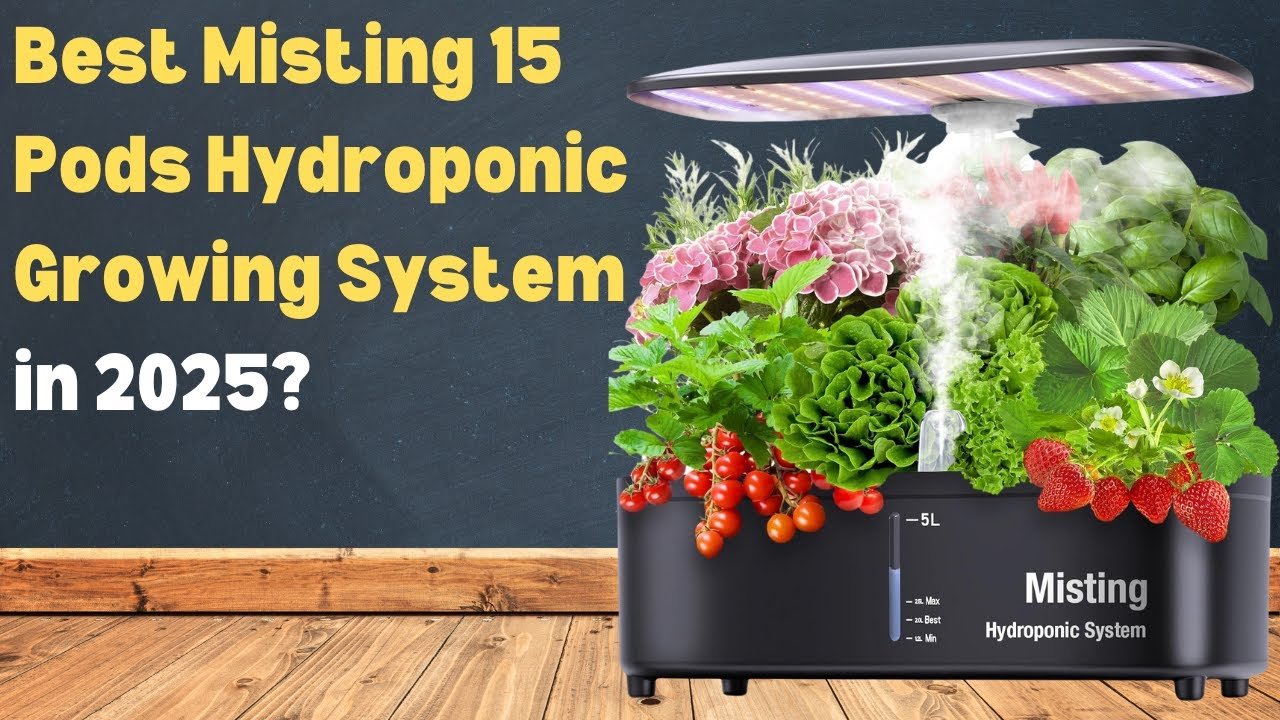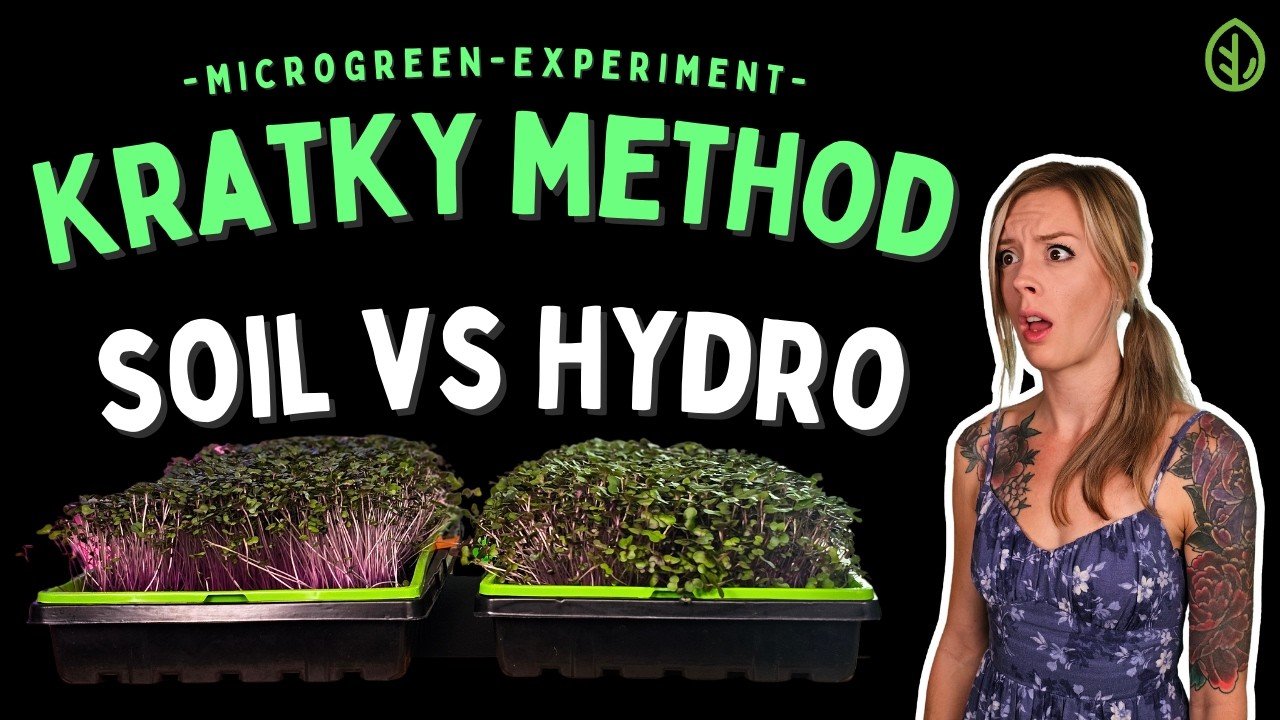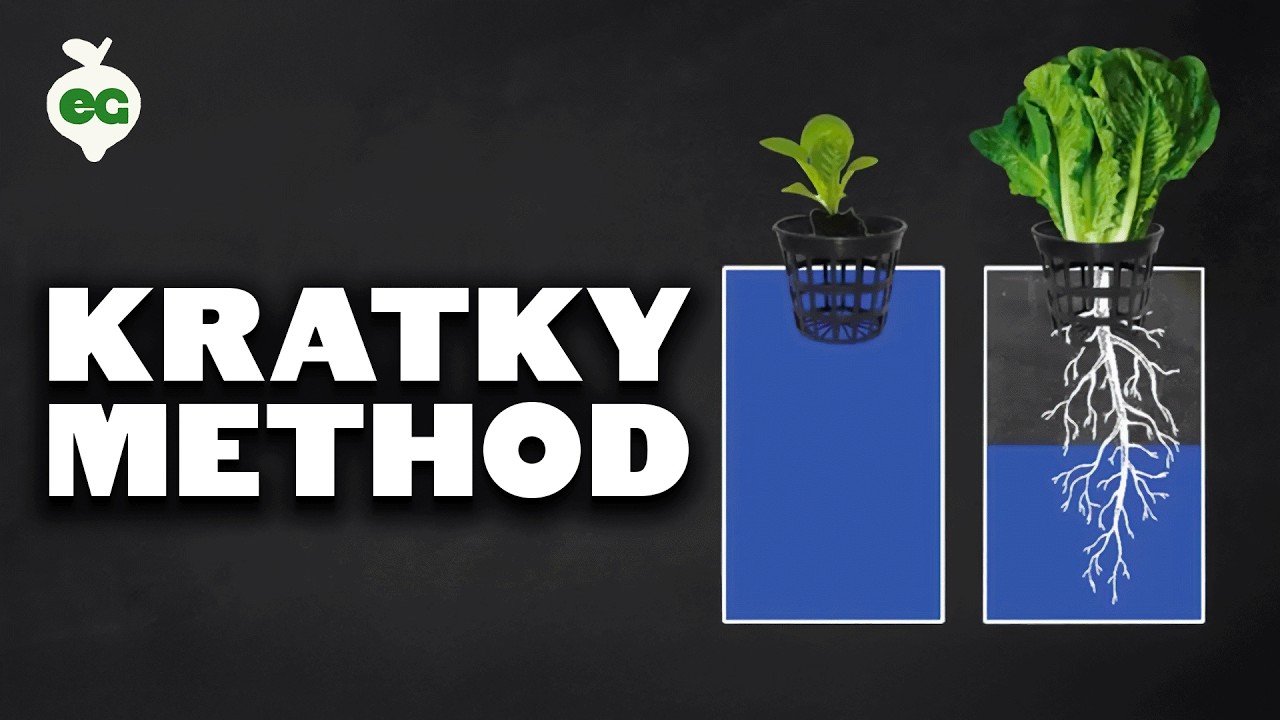Confessions from the Backyard: My Aquaponics Adventure
You know those moments when you think you’ve finally nailed something, only for the universe to throw a wild curveball? That was my summer of trying to dive into aquaponics—right in my backyard. It started off simple enough, fueled by a sprinkle of YouTube enthusiasm and coffee-spiked ambition.
The Seed of an Idea
Living in a small town like ours, sometimes it feels like the whispers of nature call louder than the roar of human activity. One Saturday morning, sipping my black coffee, I thought, “Why not grow my own veggies?” But “growing” turned into “growing fish and plants together” when the allure of aquaponics came knocking. Who could resist the idea of being a mini-ecosystem producer?
I remember that first trip to the hardware store. I had this vision of grandeur—rows of verdant basil and tomatoes flourishing alongside darting shoals of fish. Armed with an armful of PVC pipes, a couple of five-gallon buckets, and my trusty old drill, I felt invincible. I even managed to snag a water pump for a steal. At least I thought I did until I realized I had no idea how to set it up.
The Fishy Issue
After weeks of watching videos, I nearly forgot about tilapia, which seemed like the go-to fish for beginners. Fast forward to my weekend trip to the local pet store—my first choice was gone, so I opted for goldfish instead. I thought, “Hey, if these little guys can survive in bowls on kids’ nightstands, how hard can it be?” If only I had known.
Setting up my contraptions was an experience in itself. I thought about building a fish tank out of an old aquarium from my shed—perfect! The only problem? The tank reeked of something akin to old socks. I scrubbed it down, dreaming of a pristine aquatic world. But no matter how scrupulously I cleaned it, a hint of that odor lingered, an uninvited guest at my hopeful gathering.
The Green Monster
Once the goldfish (now named Fred and Ginger) settled in, I turned my attention to the plants. I learned that I could simply float seedlings in a hydroponic setup. I wanted to use what I had, so I cut up some styrofoam from a delivery box to make raft-like platforms. I dropped in my seedlings—mostly basil and lettuce—and watched them hover tantalizingly over the murky depths.
That was when the trouble began. Just as I was patting myself on the back for my ingenuity, things started to go wrong. The water began to turn a sallow green, almost like a bad algae soup. I looked at my future farm with a sense of defeat—what was I doing wrong?
After digging back into the online forums, chasing rabbit holes on every possible aquaponics mishap, I realized I’d missed a crucial point: water quality. I had no water testing kit; I was just winging it. Apparently, goldfish were a little sensitive to all that algae. Who knew?
Enter Panic Mode
To combat the verdant invasion, I enclosed myself in a bubble of near-panic, convinced I might lose Fred and Ginger. What good was a gardener who could hardly keep fish alive? I scrambled to find a solution. I borrowed a submersible pump from my dad’s shed—the one lying under dust and memories of more practical pursuits—and tried to create a makeshift filtration system. Let me tell you, connecting the pump and tubes left me feeling like MacGyver meets a middle-aged dad who’s just trying to build a backyard empire.
But then things got worse. The filtration wasn’t working! Fred and Ginger started to float a little too lethargically for my comfort. I learned a tough lesson: managing a mini-ecosystem is not for the faint of heart.
The Resilience Factor
But just as I was ready to throw in the towel and declare it a failure, a surprising turnaround happened. I learned about biological filters that could help establish the right kind of bacteria needed to treat the water. Armed with my new wisdom, I added some pond plants I fished out from an old decorative fountain, hoping they might help absorb some of the bad stuff.
And miracle of miracles—after a few weeks of constant monitoring, the algae receded, and I couldn’t believe my eyes: the plants began to thrive! Each fresh sprout was like a tiny victory. Fred and Ginger perked up, zipping around their tank like they owned the place, free from the choking green.
The Takeaway
In all honesty, it wasn’t just about getting things right. It was about the resilience inherent in both those fish and me. Every mistake felt like a failure but getting my hands dirty with those plants and fish became part of a bigger journey—a labor of love that wouldn’t have been nearly as sweet if it hadn’t been for the bumps along the way.
So, if you’re sitting there, coffee in hand, dreaming of diving into your own aquaponics adventure, do it. Don’t stress about the perfect setup, or having all the right materials. Start an experiment, watch, learn, and don’t be afraid to fail. Because in those failures lies the magic of figuring it all out, one green sprout or wobbly fish tail at a time.
Join the next session on building your own backyard aquaponics system, and learn from my blunders. You’re in for a journey! Reserve your seat here!







Leave a Reply